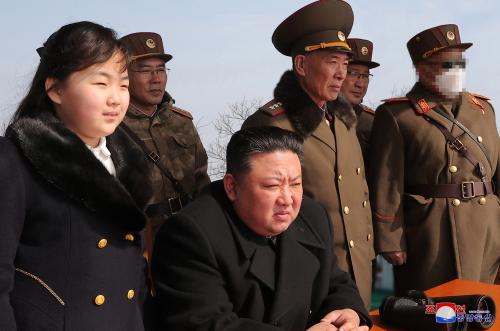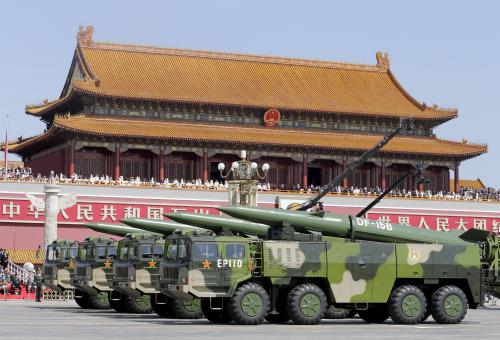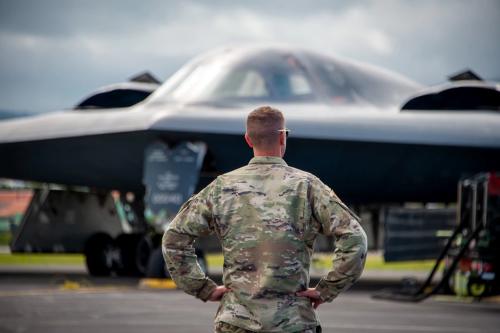In their March 24 Op-Ed (“Which nuke policy?”), Brent Scowcroft and Arnold Kanter dispute the opinion that “having more nuclear weapons than we ‘need’ is simply a waste of money” by asserting, “Nuclear weapons are relatively cheap, accounting for less than four percent of our defense budget.”
In reality, the Defense Department does not and never has tracked total annual nuclear weapons expenditures. The figure cited by Messrs. Scowcroft and Kanter, which can be gleaned from a chart in the secretary of defense’s 1996 Annual Report to the Congress and the President, includes only strategic offensive forces?bombers, land and submarine-based ballistic missiles and ballistic missile submarines. While these comprise the bulk of our nuclear arsenal, they do not encompass the entire range of nuclear weapons programs and expenditures necessary to support that arsenal. Thus, the $6.3 billion to be spent on strategic forces in 1997 does not include costs associated with nuclear weapons research and development programs, command, control, communications and intelligence programs (the brain and spinal cord of our nuclear arsenal), the approximately 1,200 tactical nuclear weapons still deployed at U.S. and overseas bases, ballistic missile defense and antisubmarine warfare activities, or costs borne by the Department of Energy to maintain and modernize the nuclear stockpile.
In fact, total U.S. nuclear weapons spending in 1997 will exceed $34 billion, about 13 percent of the defense budget. Of that amount, nearly $26 billion goes toward operating, maintaining, modernizing, and controlling our existing arsenal of nearly 10,400 warheads and bombs, 575 ICBMs, 408 submarine-launched ballistic missiles, 102 bombers and 17 ballistic missile submarines. These costs alone consume 10 percent of all military spending, 2½ times more than Messrs. Scowcroft and Kanter’s figure. The remaining 3 percent?more than $8 billion?includes nuclear waste management and environmental remediation, nuclear weapons safeguard and security measures, a portion of the naval nuclear propulsion program, nuclear weapons dismantlement, arms control verification, non-proliferation programs and ballistic missile defense research.
The Defense Department’s own incomplete figures indicate that spending for strategic offensive forces has fallen 71 percent since 1990 (from $22.1 billion to $6.3 billion, in constant 1997 dollars). Although our analysis of historical annual nuclear weapons expenditures is not yet complete, an October 1991 Congressional Budget Office report (using methods and data very similar to our own) estimated total U.S. nuclear weapons spending in 1990 at some $56 billion, meaning total annual costs have declined some $22 billion (or 39 percent) in seven years. During the same period, the total U.S. nuclear stockpile was reduced?unilaterally and bilaterally?by nearly 50 percent, from more than 21,000 warheads and bombs to fewer than 10,400.
While there is not a one-to-one correspondence between levels of nuclear weapons and annual expenditures (due to basic infrastructure costs necessary to operate and support the arsenal regardless of its size), the authors may wish to reconsider their claim that “even large reductions [of nuclear weapons] would not save much money.”



Commentary
Op-edMaintaining Our Nuclear Arsenal is Expensive
March 26, 1997